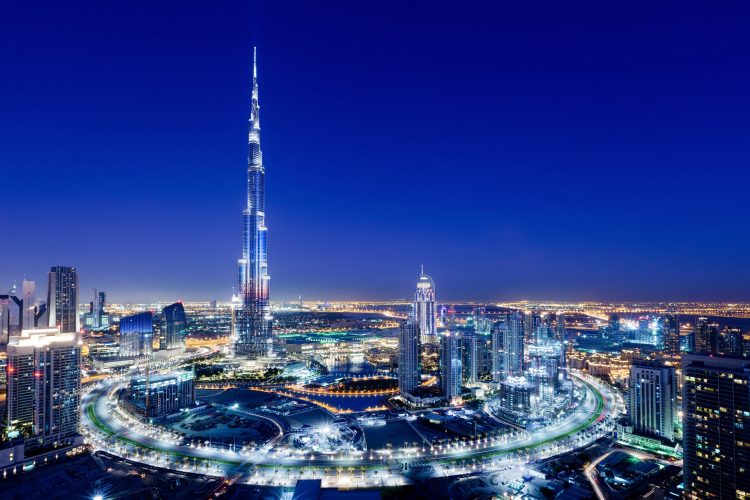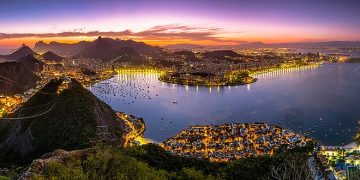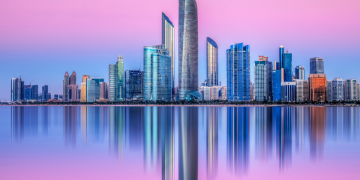In the city of Dubai in the United Arab Emirates, a skyscraper rises like a giant to the sky and dominates the bustling city. It is the tallest building in the world, the Burj Khalifa. Burj Khalifa is not only a landmark of Dubai, but also a miracle in the history of human architecture. Below, take a closer look at the story behind the building and its impact on Dubai and beyond.
I. Historical background and birth of Burj Khalifa
Dubai, once a small fishing village, has transformed into an international metropolis in just a few decades. As the economic and financial center of the UAE, Dubai is always looking for landmarks to showcase its prosperity and power. In this context, the Burj Khalifa was born.
Construction of the Burj Khalifa began in 2004 and took six years to complete, overcoming numerous technical difficulties. Its name “Khalifa” is in honor of Sheikh Khalifa bin Zayed Al Nahyan, President of the UAE and ruler of Dubai. The tower was originally known as Burj Khalifa, but officially changed its name to Burj Khalifa on 4 January 2010.
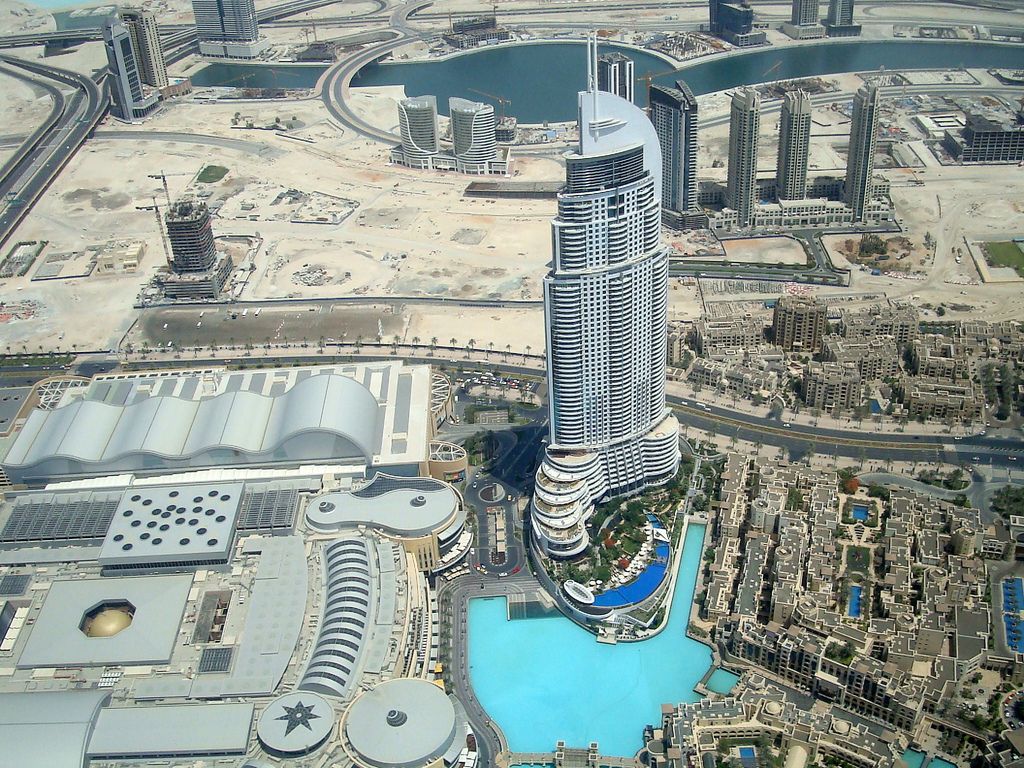
Ii. Architectural features of Burj Khalifa
The height of the Burj Khalifa reached 828 meters, a total of 162 stories, is the highest in the history of human architecture. Its design concept is derived from a geometric figure called “desert flower”, and the overall structure rises in a spiral, reflecting the Islamic architecture style, but also incorporating the design concept of modern architecture.
Burj Khalifa’s construction materials and construction techniques have reached the world’s top level. Designed to withstand the intense heat and strong winds of Dubai’s desert, high-performance concrete and a special glass curtain wall not only ensure the stability of the building, but also achieve efficient use of energy.
The Burj Khalifa’s interior design is equally stunning. It has the fastest elevator in the world, which can reach 17.4 meters per second, and it takes just one minute to get from the ground floor to the observation deck on the 124th floor. The observation deck offers a 360-degree panoramic view of the city of Dubai.
Third, the cultural significance of Burj Khalifa
Burj Khalifa is not only the pride of Dubai, but also a symbol of Arab culture. Its construction shows the Arab world’s perfect combination of modern technology and traditional culture. The design of the Burj Khalifa is inspired by the geometric patterns in Islamic architecture, which are prominent in Arab art and symbolize harmony and balance.
The Burj Khalifa also serves as a bridge of multicultural exchange in Dubai. On the observation deck of the tower, visitors from all over the world can get a panoramic view of Dubai and feel the unique charm of the city. Such cross-cultural exchanges not only enhance Dubai’s international influence, but also promote mutual understanding and respect among different cultures.
Fourth, Burj Khalifa’s important position in Dubai tourism
Burj Khalifa is now a must-see in Dubai. Whether it is day or night, this huge tower emits a charming light, attracting the eyes of countless tourists. On the observation deck, visitors can enjoy the cityscape of Dubai and feel the prosperity and vitality of the city.
Burj Khalifa is also surrounded by many shopping malls, restaurants and entertainment venues, forming a comprehensive tourist area integrating shopping, dining and entertainment. It is not only a place for tourists to punch in, but also a good place for local residents of Dubai to relax and entertain.
- The impact of Burj Khalifa on Dubai’s tourism industry
The construction of the Burj Khalifa has undoubtedly injected new vitality into Dubai’s tourism industry. The appearance of this iconic building has greatly increased the international visibility of Dubai and attracted more tourists to visit. With the increase in the number of tourists, Dubai’s tourism industry and related industries have also been rapidly developed.
Burj Khalifa has also led to a boom in Dubai’s hotel, restaurant and retail industries. Many well-known international brands have entered Dubai to provide tourists with a more diversified travel experience. The development of these industries has not only created a large number of jobs for Dubai, but also promoted the continuous growth of the local economy.
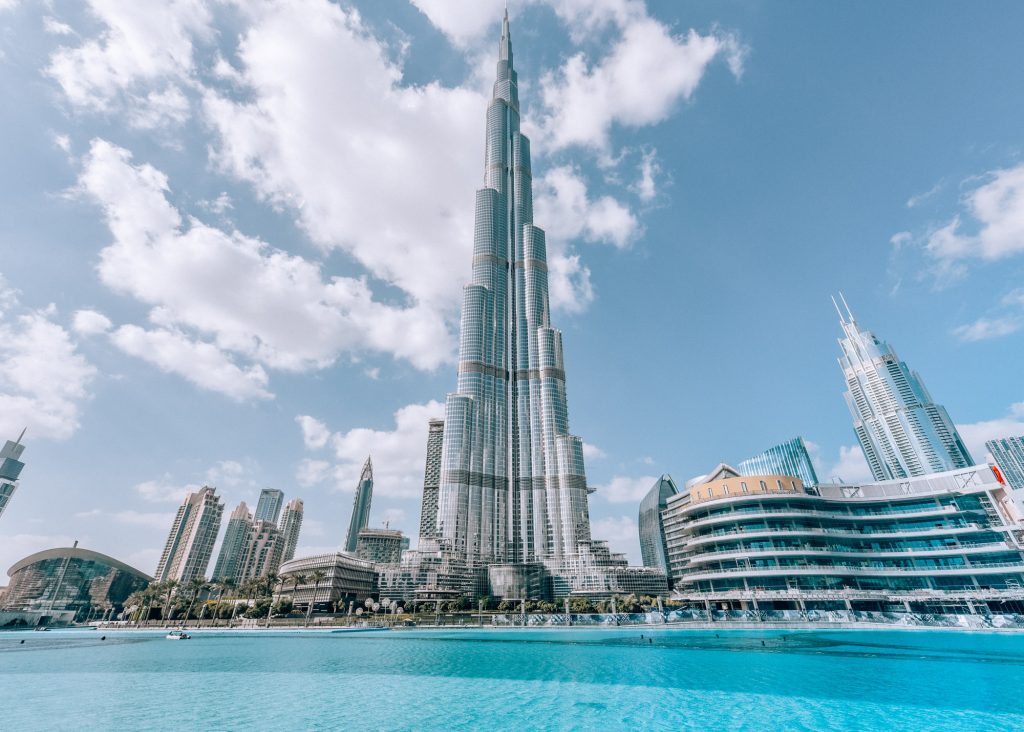
Future prospects of Burj Khalifa
As an iconic building in Dubai, Burj Khalifa will continue to exert its unique charm in the future. With the progress of science and technology and the changing needs of tourists, the Burj Khalifa will continue to innovate and improve to provide tourists with a richer travel experience.
In the future, the Burj Khalifa may introduce more intelligent technologies, such as virtual reality, augmented reality, etc., so that visitors can experience more immersive interactive games and entertainment projects while watching the scenery. In addition, the area around the Burj Khalifa is expected to further develop and become one of the most attractive tourist destinations in Dubai and the world.
Vii. Conclusion
The Burj Khalifa is a marvel in the history of human architecture, which not only highlights the prosperity and strength of Dubai, but also becomes the spiritual symbol of the city. From the historical background to the architectural features, from the cultural significance to the tourist value, the Burj Khalifa has shown its unique charm. In the future, this skyscraper will continue to attract tourists from all over the world with its majestic posture and rich travel experience.


